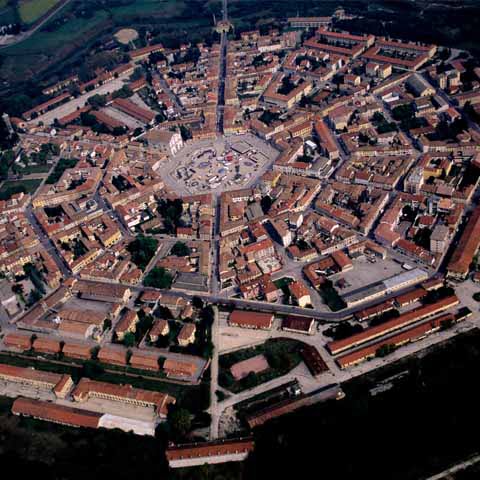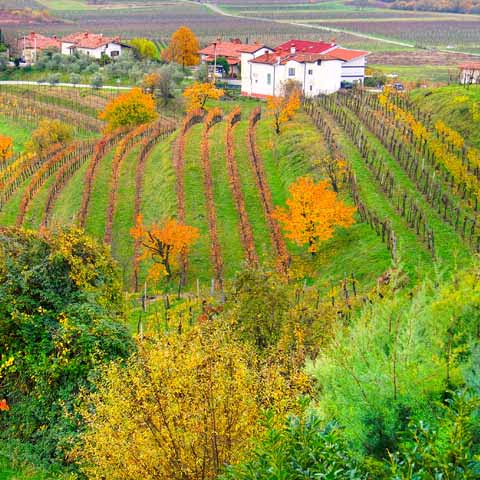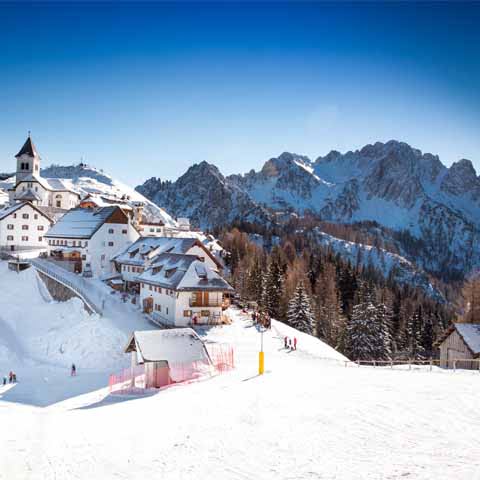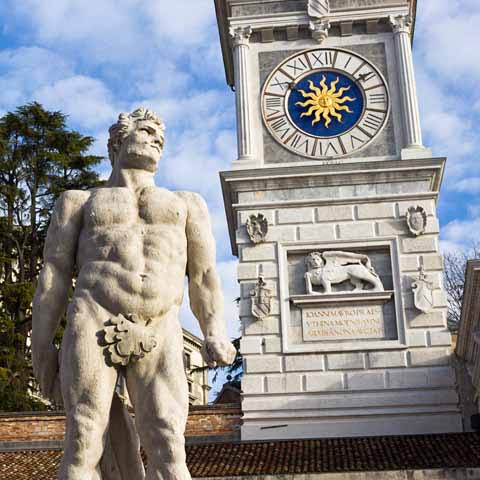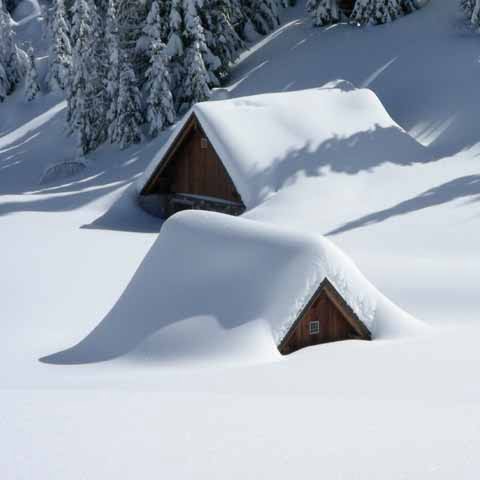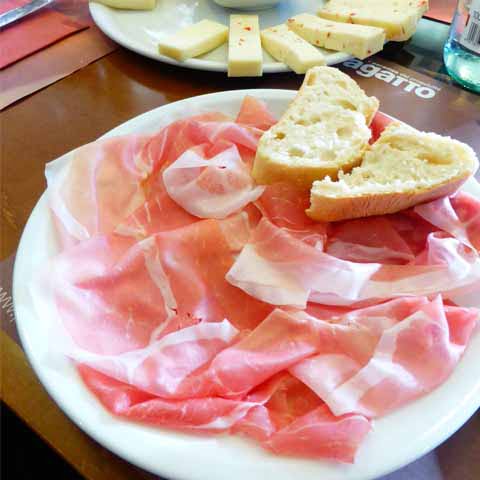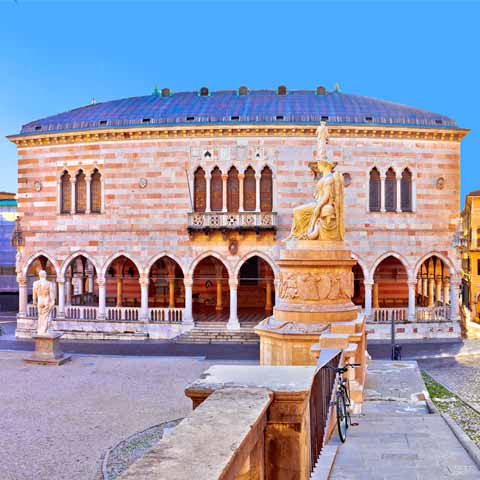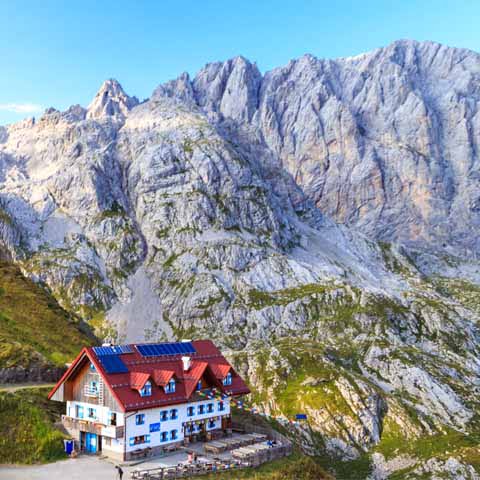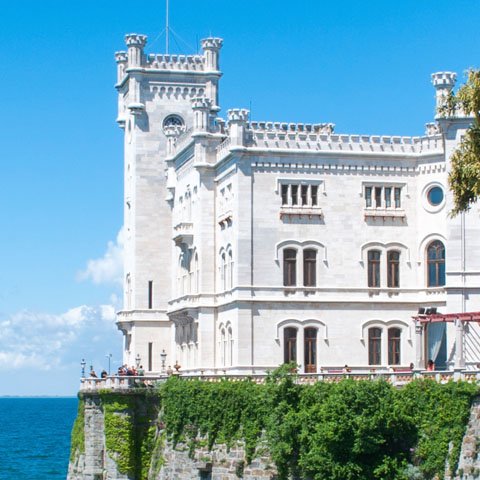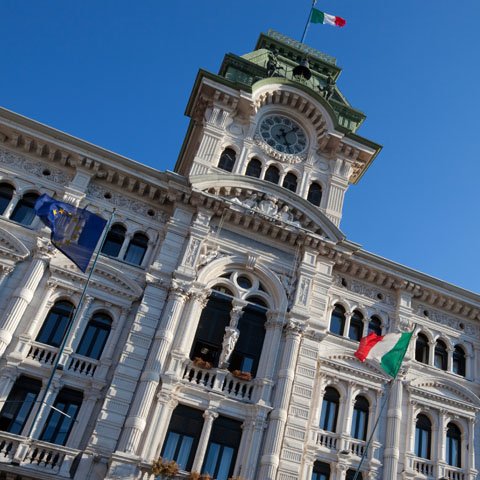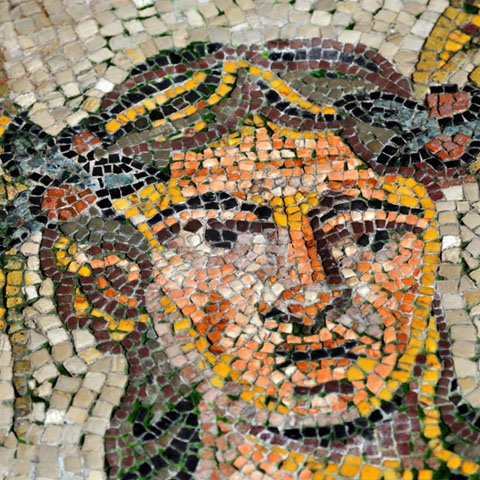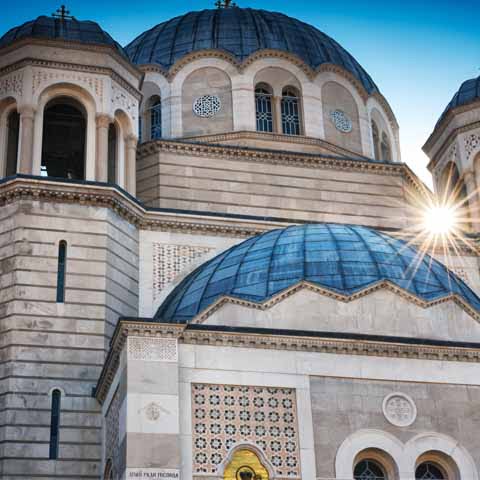Friuli Venezia Giulia Travel Guide
Tucked away in the northeastern corner of Italy is Friuli Venezia Giulia. While the region is the fifth smallest in all of Italy at just five thousand square miles, the robust population of more than one million inhabitants is a strong sign of the area’s thriving economy. Despite its economic strengths, the diverse and largely wild landscaping of the region is often what draws visitors.
Friuli Venezia Giulia boasts a magnificent view of the Adriatic Sea on its southern border, the country of Austria on its northern border, the country of Slovenia on its eastern border, and the Italian region of Veneto on its western border. It is one of only four other countries with the distinguished status of Region with a Special Statute which allows for administrative autonomy.
Even as one of the smallest regions, Friuli Venezia Giulia has four provinces: Trieste which is the regional capital, Pordenone, Gorizia, and Udine.
The Province of Trieste offers gorgeous views of the gulf and is found on a narrow strip of land between the Adriatic Sea and the Slovenia border. The area is rich with European culture and is home to various historic treasures and artwork.
The Province of Pordenone is on the region’s western border next to Veneto and lies nestled among an impressive craggy mountain range that sustains fresh springs and rivers. This province beautifully combines the Friuli, Austrian, and Venetian influences in culture, tradition, and even cuisine.
The Province of Gorizia is commonly known for its pristine natural environment in which the Grado lagoon is located. The area is so well suited for flourishing wildlife that visitors can find both rare birds and wild horses in the Valle Cavanata and Foce dell'Isonzo Nature Reserves. Vineyards and wineries flourish in this province.
The Province of Udine covers much of the Mideast area of the region and offers visitors everything from excellent mountain top skiing to the beach at Lignano Sabbiadoro. The province is heavily wooded and home to a wide scope of wildlife as well as gorgeous and colorful displays of Mother Nature.
Italian is the official language of the region, however Friulian and some other dialects can be heard throughout. With one of the more developed economies in Italy and a dedication to agriculture, it is no surprise the region has numerous agricultural exports including vegetables, cheese, fruits, soy, cured ham, and wine. Local craftsmanship also gives a boost to the flourishing economy with the creation of high quality fabrics, wooden sculptures, carved furniture, mosaics, ceramics, wrought iron and copper, and string instruments.
Friuli Venezia Giulia cuisine is highly reflective of its heritage and environment. Pasta in the form of lasagna, gnocchi, and various filled pastas are a staple on almost any menu in the region. Specialty breads and soups are traditional appetizers and are commonly served with stewed meats, prosciutto, or seafood fresh from the Adriatic Sea.
Geography
The geography of Friuli Venezia Giulia is as diverse as that of its provinces. Roughly forty percent of the area is covered in mountainous terrain in the north, almost forty percent central and coastal plains, and approximately twenty percent rolling hills in the south and east.
The northern mountains including the Carnic and Julian Alps have peaks that reach up to almost nine thousand feet above sea level. Its highest peak, Jôf di Montasio, rises an astounding 9,035 feet above sea level. These ranges are dotted with fresh pine trees, green valleys, several pristine mountain lakes, and numerous rivers and streams. Some of the more stunning mountain lakes include Fusine, Sauris, and Barcis.
One of the most notable features of the Friuli Venezia Giulia landscape is the Karst Plateau, sometimes called Carso by locals. The limestone plateau stretches across southwestern parts of the region facing the Adriatic Sea. Much of the deforested land is used for agriculture and livestock. The Karst is famous for its underground rivers, hollows, and cave networks of which Grotta Gigante is the largest in the world.
The plains are located centrally in the region and now have a fertile soil thanks to an irrigation system to prepare the dry and permeable soil for agriculture and livestock. The plains are a headquarter for the region’s agricultural activities.
Friuli Venezia Giulia’s more hilly areas are found south of the mountain ranges and along the border of Slovenia. Here wineries continue to flourish and have earned an international reputation for greatness.
Part of this area is sometimes referred to as Slavia Friulana because of the presence of ethnic Slovene residents.
Due to the mountainous area in the north, the region is covered in gorgeous rivers and streams that flow primarily southward. Some of the more beautiful bodies of water in the region include the Tagliamento River and the Timavo, which is a river that flows underground for more than twenty-three miles.
Climate
The diversity of the landscape of Friuli Venezia Giulia also lends itself to a rather diverse climate. The northern mountain ranges experience an Alpine-continental climate where the temperatures can get extremely cold and sometimes yield one of the coldest winter temperatures to be found in all of Italy.
Snow abounds particularly during the winter months and provides amazing skiing, snowboarding, and trekking opportunities with nearby luxurious mountain resorts.
The majority of the coastline experiences mild and pleasant temperatures with the city of Trieste experiencing the least change in climate between the seasons. However, the Karst Plateau, which rises just above Trieste, is subject to a weather phenomenon called the north-easterly wind Bora. This wind whips across the Gulf of Trieste from the north with some gusts clocking in at speeds of close to 93 miles per hour.
When in Friuli Venezia Giulia
Wine lovers should make a point to visit Friuli Venezia Giulia around the last Sunday in May if only for
Italy’s Cantine Aperte. During this time, most Italian vineyards are open to the public. Visitors will have the opportunity to take in spectacular vineyards at the bottom of the alpine foothills and taste white wine from some of the premier producers in the area, including Zidarich, Schiopetto, and Radikon.
If visiting the Karst Plateau, don’t miss touring Grotta Gigante, recognized by Guinness Book of World
Records as the largest tourist cave on earth. The cave is estimated to be ten million years old with dimensions of 351 feet high, 213 feet wide, and an astounding 918 feet long. A tour guide will take you deep into the belly of the cavern for a one of a kind look at life in the Grotta Gigante that you will not soon forget.
The wonders of Friuli Venezia Giulia are truly as vast and diverse as the landscape and climate of the region. What this region lacks in size it makes up for in rare and exciting activities among natural and man made curiosities that are not likely to be duplicated elsewhere.
Travel Guides
